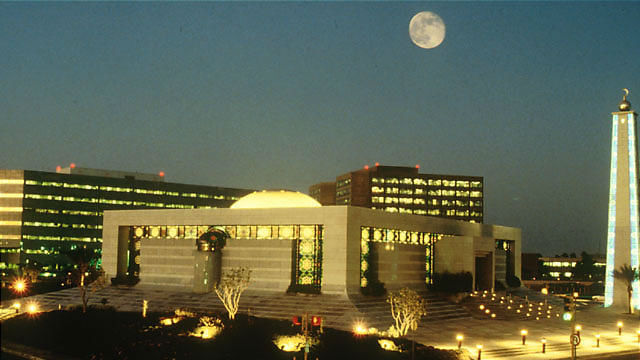Saudi Aramco: Winning the Battle, Losing the War

By Chen Wei, Douglas-Westwood, Singapore
Saudi Arabia’s reluctance to cut production to maintain its share of the global crude market has paid off. By not “blinking first,” the Kingdom has succeeded in driving rigs out of the U.S. shale market with current rotary rig counts down 65 percent from 2014 highs in September.
This has led to significant decreases in production in the Bakken (-10 percent) and Eagle Ford (-20 percent) shale plays over the same period. The situation has been compounded by the retraction of Zero Interest Rate Policy (ZIRP) which is expected to limit further investment into small cap shale.
This has caused many analysts (FT, CNBC, etc.) to sound a death knell for the once heralded tight oil industry, where up to half of US shale players could go bankrupt in 2016.
However, the strategy put forth by Saudi Arabia has come at a cost. Despite a massive $670 billion sovereign wealth fund, the country is slipping into the red. With the government budget based on $106 oil, falling revenue from oil exports coupled with high spending on subsidies and support to foreign allies has led to a national budget deficit of 22 percent GDP in 2015.
According to the IMF, the country may become bankrupt in five years if its expenditure patterns remain unchanged. With oil price expected to remain suppressed until 2017/18, the Kingdom needs to assess all of its options.
In addition to spending cuts, Deputy Crown Prince Mohammed bin Salman has recently spoken of the potential IPO of Saudi Aramco, as a part of the wider series of economic reforms. If successful, such a move would dwarf the other “mega-deals” of the current low oil price environment (e.g. HAL and BHI or Shell and BG).
Estimated value of Aramco could reach up to $10 trillion based on its proven reserve at $40 oil price, which is about 12 times that of ExxonMobil ($357bn), Chevron ($197bn), Shell ($192bn) and Total ($118bn) combined.
Arguably, the timing could not possibly be worse for a listing of an exploration and production (E&P) company, valuations are at a cyclical trough as a function of low oil prices and most major E&P firms are trading at prices not seen since the global crash in late 2008.
It is clear, however, that Saudi Arabia is facing huge budget deficits and desperate times call for desperate measures.
The opinions expressed herein are the author's and not necessarily those of The Maritime Executive.
